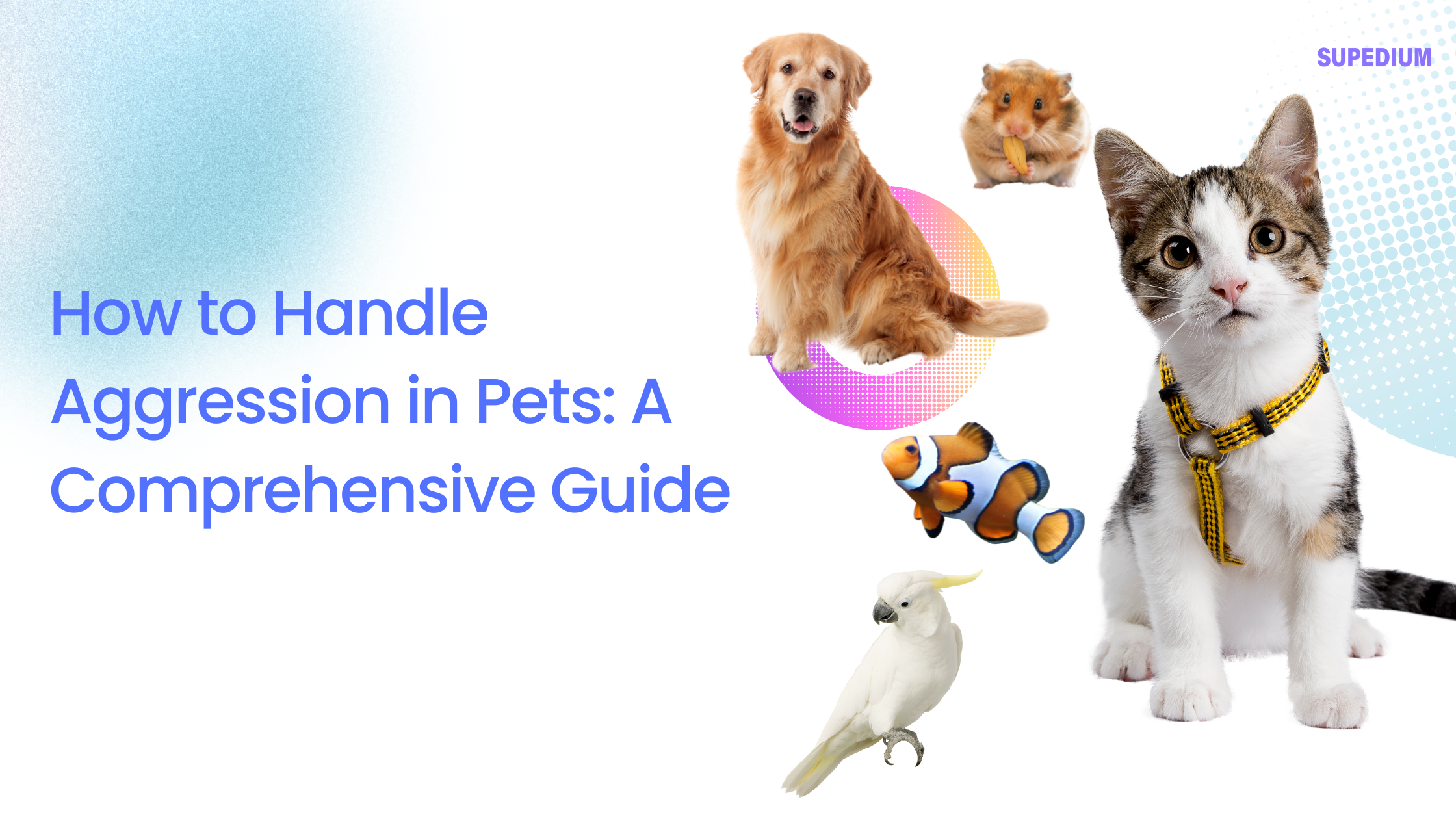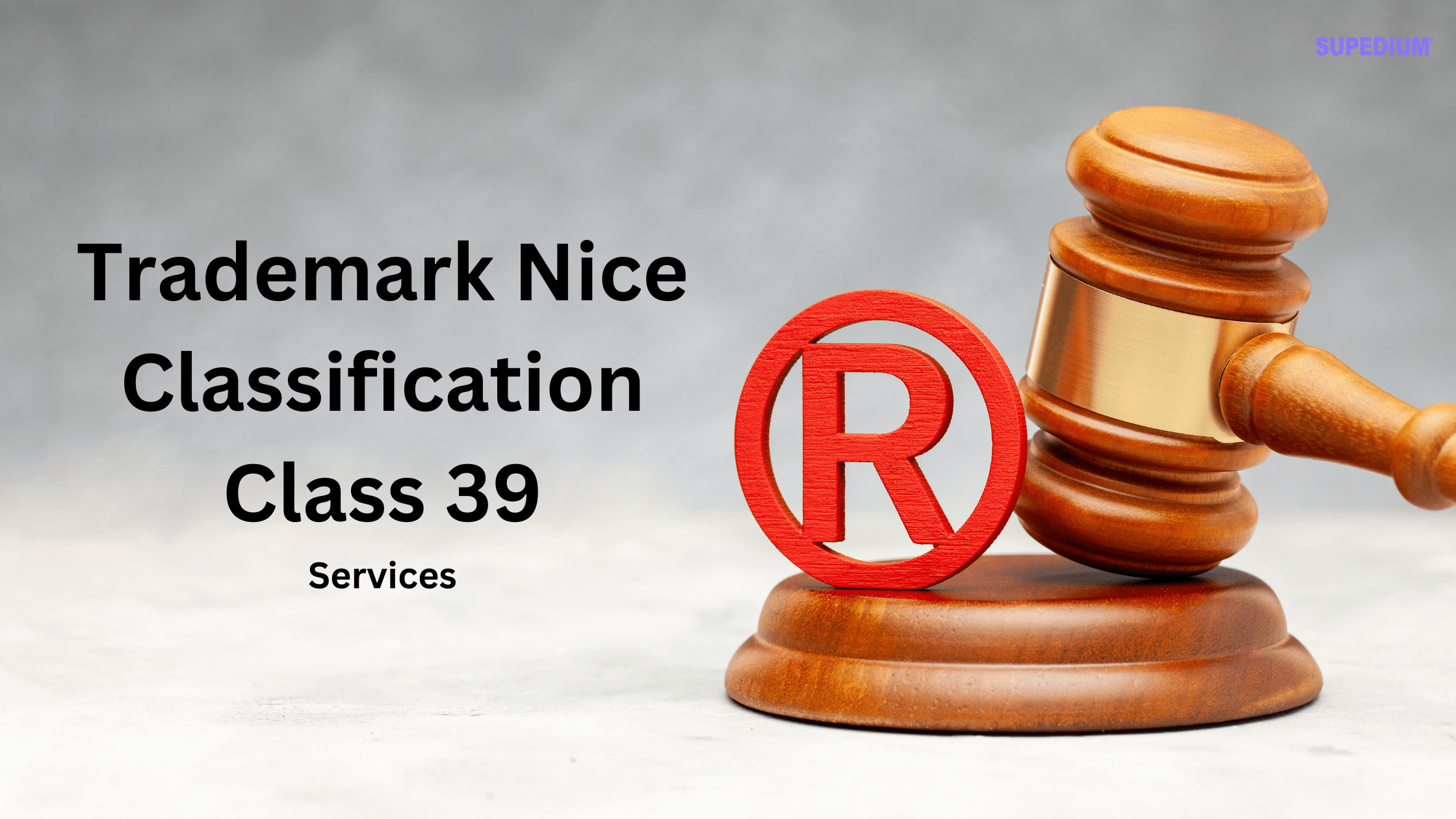Table of Contents
![]()
Aggression in pets can be a serious issue that affects not only the well-being of the animal but also the safety of other animals and people. Understanding how to address and manage aggressive behavior is crucial for maintaining a harmonious environment. This guide offers a detailed approach to handling aggression in pets, covering everything from understanding its causes to implementing effective management and behavior modification strategies.
Understanding Aggression in Pets
Aggression in pets manifests in various ways, including growling, biting, and lunging. It’s important to recognize the different types of aggression to address the behavior effectively:
- Fear-Based Aggression: Pets exhibiting fear-based aggression often display signs such as cowering, submissive urination, and growling. This form of aggression usually stems from past trauma or inadequate socialization.
- Territorial Aggression: Territorial aggression occurs when a pet guards its space and reacts aggressively towards perceived intruders. This behavior is often triggered by threats to their territory.
- Dominance Aggression: Pets showing dominance aggression may challenge authority by refusing to obey commands or displaying assertive behaviors. This type of aggression often arises from an imbalance in the human-animal hierarchy.
- Redirected Aggression: Redirected aggression happens when a pet, frustrated by an external trigger, turns its aggression towards another target. Stress or the inability to confront the original source of frustration can lead to this behavior.
Understanding the triggers and causes of aggression is also crucial. Environmental factors such as changes in routine or new pets, medical issues like pain or illness, and lack of proper socialization or training can all contribute to aggressive behavior.
Assessment and Diagnosis
Effective management of aggression begins with proper assessment and diagnosis:
- Observing Behavior: Carefully observe the pet’s behavior to identify patterns and triggers of aggression. Note when and where the aggression occurs, and document the incidents to gain a clearer understanding of the underlying issues.
- Consulting Professionals: Seek advice from a veterinarian to rule out medical causes. If medical issues are not the cause, consult an animal behaviorist or trainer for a thorough behavioral assessment and to develop a tailored intervention plan.
Immediate Management
When dealing with aggression, immediate management is key to ensuring safety and preventing escalation:
- Safety Measures: Avoid triggers by maintaining a safe distance from known stressors. Use barriers such as gates, crates, or leashes to control the pet’s environment and prevent aggressive incidents.
- Managing the Environment: Provide safe spaces where the pet can retreat to feel secure. Maintain a structured routine to reduce anxiety and help the pet adjust to changes.
Behavior Modification Techniques
Behavior modification techniques are essential for addressing the root causes of aggression and fostering positive behavior:
- Training and Socialization: Positive reinforcement is a powerful tool in encouraging desirable behaviors. Reward the pet for calm and non-aggressive actions. Gradual desensitization, or exposing the pet to triggers in a controlled manner, helps reduce fear and anxiety. Counter-conditioning, or changing the pet’s emotional response to triggers, can also be effective.
- Command Training: Teaching basic commands like “sit,” “stay,” and “leave it” can help manage aggressive behavior. Advanced training that focuses on impulse control and obedience can further enhance behavior modification.
Long-Term Strategies
Addressing aggression is an ongoing process that involves building a strong bond with the pet and committing to continuous education:
- Building a Strong Bond: Engage in interactive activities such as playtime and exercise to strengthen the bond between you and your pet. Positive interactions reinforce trust and security.
- Continued Education: Stay informed about behavior management by reading relevant materials and attending workshops. Regularly monitor the pet’s behavior and adjust strategies as needed.
Special Considerations
When dealing with aggression, consider special factors that may affect your approach:
- Breed-Specific Issues: Some breeds may have inherent tendencies towards certain behaviors. Tailor your approach based on the breed’s traits and characteristics.
- Dealing with Multiple Pets: Managing aggression in a multi-pet household involves addressing inter-pet dynamics and ensuring a harmonious environment. Properly managing territory and resources can help reduce conflicts.
When to Seek Professional Help
In some cases, professional intervention is necessary:
- Severity of Aggression: If the aggression poses a danger, such as severe biting or attacking, or if standard methods are not effective, seeking professional help is crucial.
- Finding the Right Professional: Choose a qualified professional, such as a certified trainer or an accredited behaviorist. Seek referrals from veterinarians or other pet owners to ensure you find someone with the appropriate expertise.
Conclusion
Handling aggression in pets requires a comprehensive approach that includes understanding the behavior, assessing the situation, managing immediate risks, implementing behavior modification techniques, and committing to long-term strategies. By addressing aggression promptly and effectively, you can enhance the safety and well-being of both your pet and those around you. Early intervention and ongoing care are key to fostering a positive and harmonious environment for everyone involved.
Share This





Be the first to comment